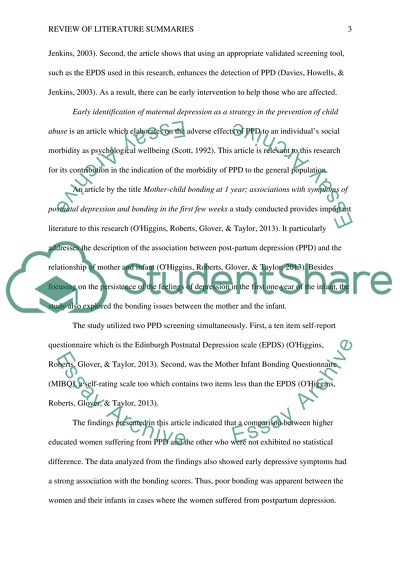Cite this document
(“Review of Literature Summaries Essay Example | Topics and Well Written Essays - 2000 words”, n.d.)
Retrieved from https://studentshare.org/nursing/1690549-review-of-literature-summaries
Retrieved from https://studentshare.org/nursing/1690549-review-of-literature-summaries
(Review of Literature Summaries Essay Example | Topics and Well Written Essays - 2000 Words)
https://studentshare.org/nursing/1690549-review-of-literature-summaries.
https://studentshare.org/nursing/1690549-review-of-literature-summaries.
“Review of Literature Summaries Essay Example | Topics and Well Written Essays - 2000 Words”, n.d. https://studentshare.org/nursing/1690549-review-of-literature-summaries.


